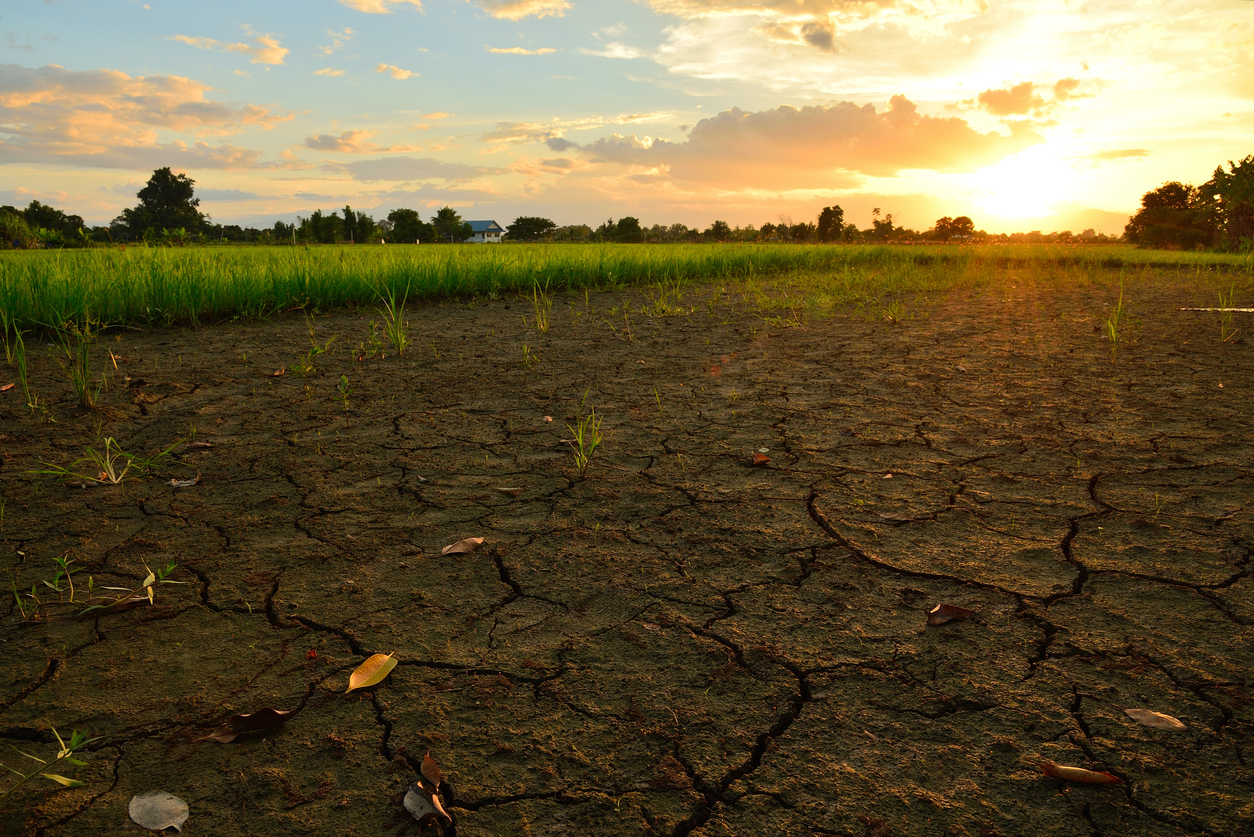| Enabling Plants to Combat Climate Change by Storing More Carbon Dioxide |
|
Scientists from the University of Würzburg, Germany and partners are exploring on the capability of modified plants to store more carbon dioxide, which can possibly slow down climate change. Their findings are published in Trends in Biotechnology. Excessive carbon dioxide released through the soil and vegetation respiration that is not absorbed by plants through photosynthesis fuels global warming. The researchers conducted a study on plants with modified metabolism, thus can absorb residual carbon dioxide more efficiently. Initially, they used complex calculations to understand if plants can be modulated to fix more carbon dioxide. |
|
Scientists from the University of Würzburg, Germany and partners are exploring on the capability of modified plants to store more carbon dioxide, which can possibly slow down climate change. Their findings are published in Trends in Biotechnology.
Excessive carbon dioxide released through the soil and vegetation respiration that is not absorbed by plants through photosynthesis fuels global warming. The researchers conducted a study on plants with modified metabolism, thus can absorb residual carbon dioxide more efficiently. Initially, they used complex calculations to understand if plants can be modulated to fix more carbon dioxide. They combined two strategies to modulate the metabolism of the plant cell and found that the combination can enable the plants to absorb five times more carbon dioxide than in the normal state.
The next step is to test their theoretical calculations in tobacco plants and Arabidopsis.
For more details, read the news article and the research article in Trends in Biotechnology. |
|
|
|
[ Tin tức liên quan ]___________________________________________________
|


 Curently online :
Curently online :
 Total visitors :
Total visitors :



